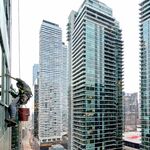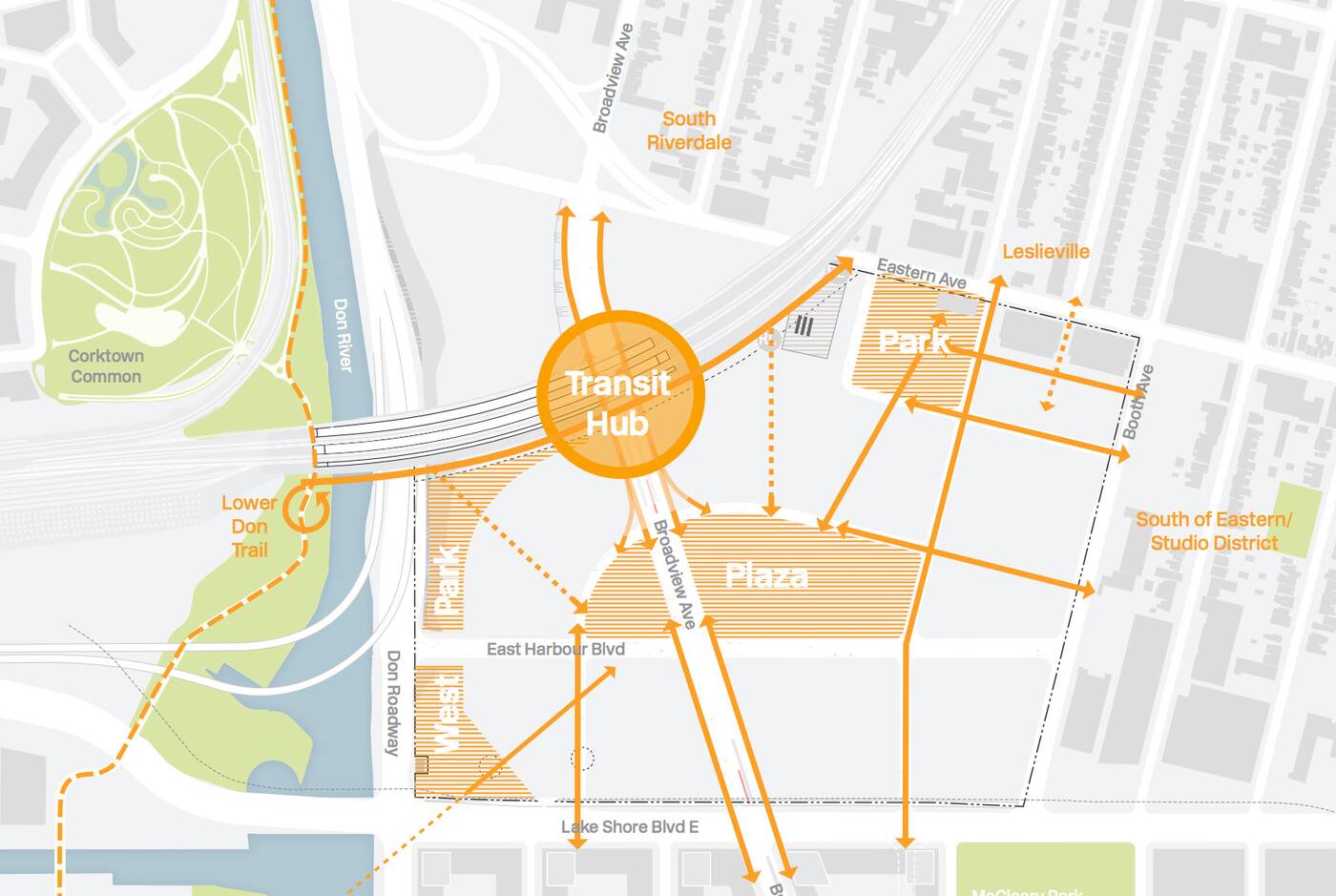OneCity
Senior Member
The STC will become a viable spot if the local councillors put in the effort to make it so. It is not up to the TTC to do that, though the subway will act in a supporting role.
Agreed, but make no mistake the direct subway connection(s) will have a massive impact on the area connectivity to the City. Going forward there needs to be a more determined approach to inject life in to the area from local councilors as well as solid support from outside council.
The biggest benefit to connecting Scarborough Center to the main transit trunk and running a seamless City and Scarborough wide east-west LRT along Eglinton is that it will be a starting point in uniting the City politically to fight together for similar issues in the future. Whatever happens on Sheppard will only enhance this change.






